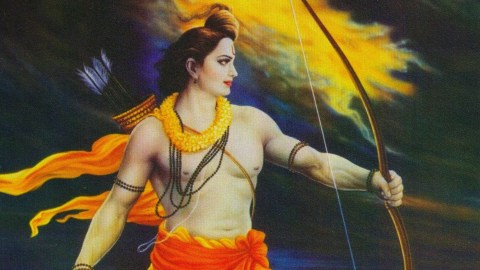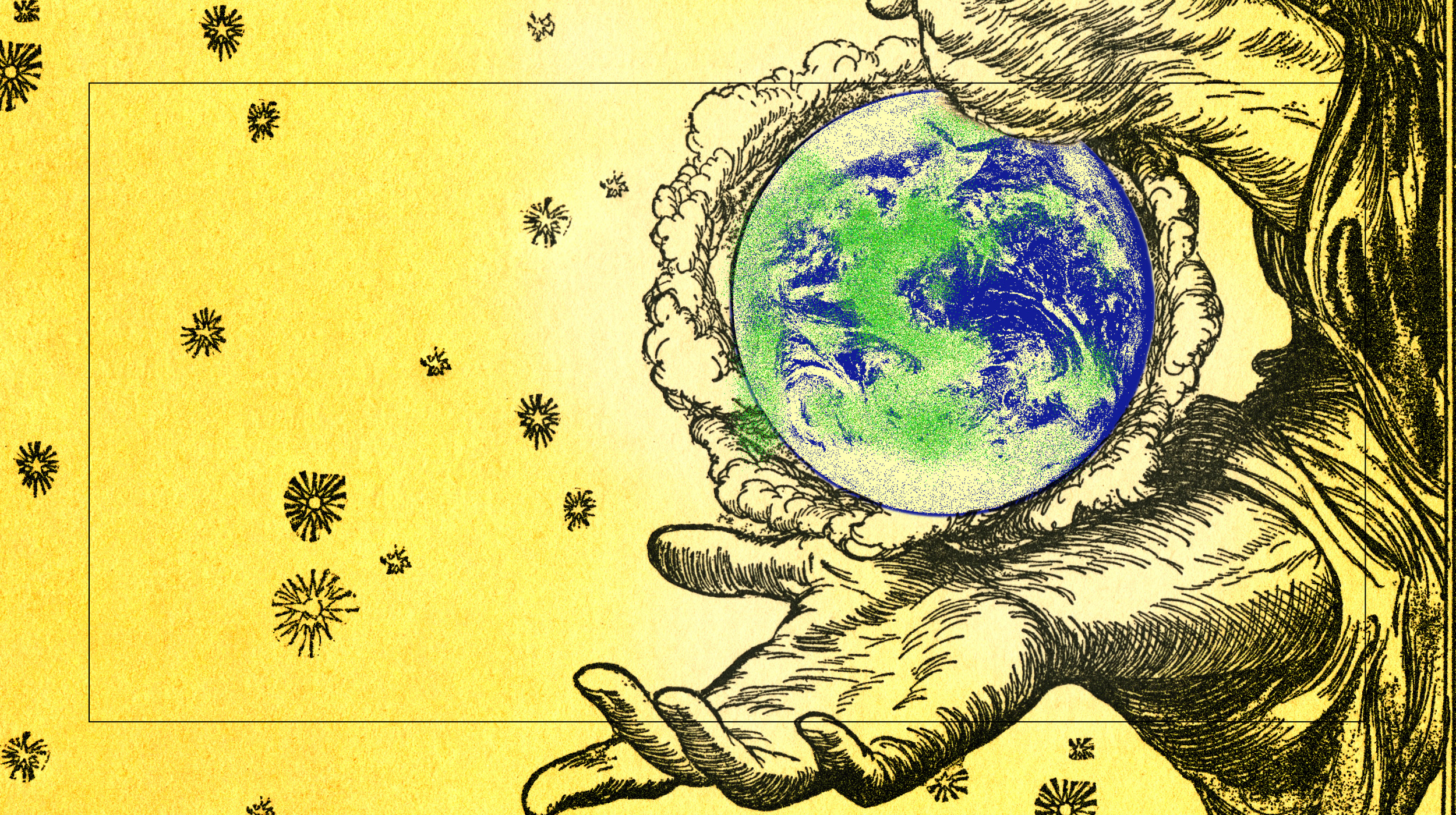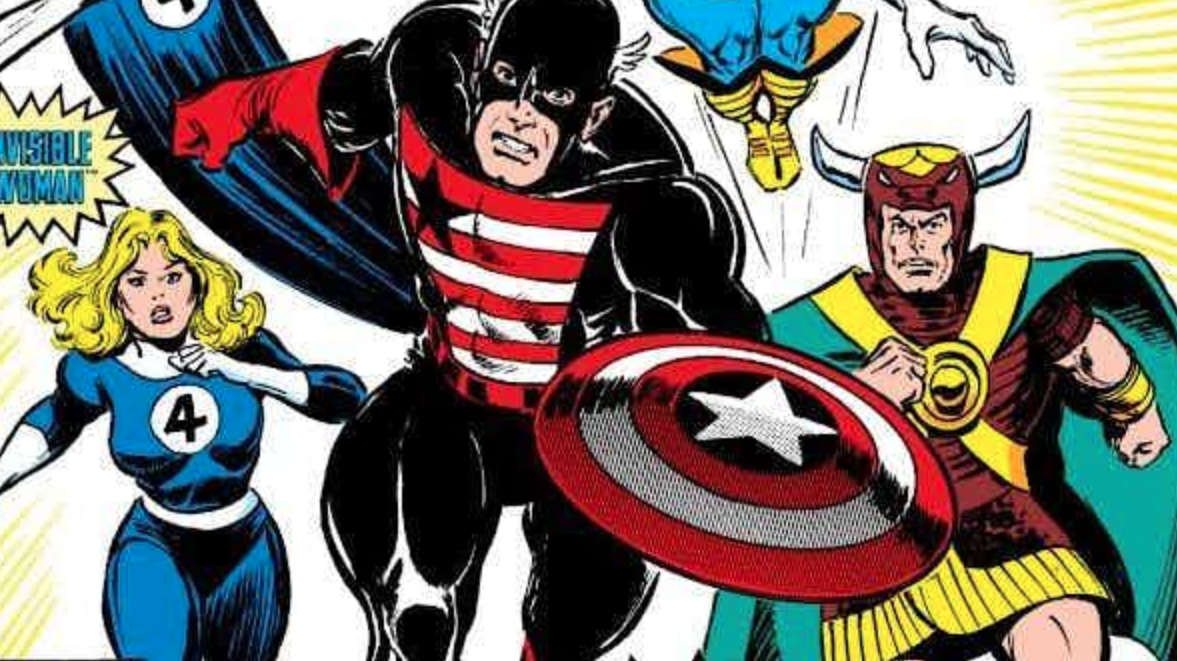The “hero’s journey” isn’t as universal as you think

- The comparative mythologist Joseph Campbell claimed to have discovered the blueprint of every myth and legend.
- Today, his teachings are required reading in Hollywood, forming the basis for many hit films.
- In recent decades, however, some critics have argued that the monomyth isn't exactly universal.
In J.R.R. Tolkien’s 1937 novel The Hobbit, Bilbo Baggins’ quiet, uneventful life is upended by the sudden arrival of the wizard Gandalf, who asks him if he’d like to go on an adventure. Unwilling to trade his comfortable surroundings for the great unknown, Bilbo declines Gandalf’s offer. It’s not until the dwarves question his usefulness that the prideful hobbit decides to tag along and help them reclaim their forlorn homeland. Although initially unsure of his own abilities, Bilbo proves to be the group’s most valuable asset, saving them from danger time and time again. After helping defeat the dragon Smaug, Bilbo returns to the Shire wiser, happier, and more confident. The end.
The Hobbit is a textbook example of what comparative mythologist Joseph Campbell calls the monomyth or the “hero’s journey.” The concept, based on his lifelong study of myths and legends from across the globe, is a narrative blueprint shared by many well-known stories. Formulated in Campbell’s 1949 book The Hero with a Thousand Faces, the journey can be divided into eight steps:
- the hero receives a call to adventure
- they refuse the call
- they meet an inspiring mentor
- they decide to “cross the threshold” and accept the call
- they leave their home and face obstacles, enemies, and allies
- they fail to achieve the goal
- they try again and succeed
- finally, they come home with a reward
Campbell not only changed the way people viewed old stories but also how they told new ones. The monomyth, whose steps can either be taken literally or figuratively, forms the basis of many successful books and movies, from the Harry Potter franchise to the sci-fi hit The Matrix. George Lucas cited Campbell as a source of inspiration when writing Star Wars, and Stanley Kubrick gave co-writer Arthur C. Clarke a copy of The Hero with a Thousand Faces when the two were working on 2001: A Space Odyssey. Various screenwriting gurus, from Robert McKee to Blake Snyder, religiously refer to Campbell in their courses, treating his teachings like commandments, distilling his eight-step journey into a three-act structure consisting of a clearly delineated beginning (set-up), middle (conflict), and end (resolution).
And yet, the sheer ubiquity of Campbell’s name has long obscured important criticisms of the hero’s journey. The Hero with a Thousand Faces was published more than 75 years ago, during a time when attitudes toward masculinity, conflict, and non-Western culture were far removed from those around today. Today, it’s difficult to even talk about the monomyth without asking the all-important question of whether it is indeed as monolithic and universal as Campbell professed it was. An underestimated list of both ancient and modern storytellers deviating from the hero’s journey suggests it isn’t.
Slaying the dragon
Part of the monomyth’s widespread appeal undoubtedly derives from Campbell’s diverse influences. Starting his academic career as a biology major at Dartmouth University, he eventually transferred to Columbia University to pursue a degree in medieval literature. Continuing his studies in Europe, specifically Paris and Munich, he encountered the paintings of Pablo Picasso and Henri Matisse, artists who looked beyond their subject matter to understand how people perceived the world. He also became interested in psychoanalysts Sigmund Freud and Carl Jung, who wrote about mental processes that are often outside of our individual comprehension and control.
Introduced to Hindu philosophy and mythology by a friend, Campbell quickly noted the narrative and thematic similarities between European and Asian traditions. Equally striking was the enduring relevance these age-old tales had for modern storytellers like James Joyce, whose highly acclaimed novel Ulysses is a modern reimagining of Homer’s equally acclaimed Odyssey, set in Dublin. On its website, the Joseph Campbell Foundation notes that these diverse yet somehow related influences slowly convinced the young scholar that “all myths and epics are linked in the human psyche, and that they are cultural manifestations of the need to explain social, cosmological, and spiritual realities.”
The monomyth’s popularity in the West can also be explained by its emphasis on individualism — the notion that people are capable of self-transformation and reshaping the world in their image as a result of personal development. Sarah Bond and Joel Christensen of the Los Angeles Review of Books link this vision of the “individual hero, unfettered from community or history” to the philosophy of Ayn Rand. Meanwhile, students of Campbell will readily detect echoes of the hero’s journey in literary studies like György Lukács’s The Theory of the Novel, which attributes the artform’s evolution to the rise of the European middle class: a group which, unlike the serfs and the nobility, was able to more or less navigate its own path through life.
Campbell’s take on the universality of the hero’s journey was more spiritual. Aligning with Jung, he believed that elements of the monomyth spoke directly to the collective unconscious — to images and values evolution buried deep inside the human psyche and are therefore shared by all mankind, regardless of the historical period in which we are born or the culture we happen to belong to. For this reason, Campbell referred to dreams as “personalized myths” and myths as “personalized dreams.” He believed the monomyth was an abstract representation of growing up — the hero slaying the dragon being a metaphor for confronting and conquering our own insecurities and shortcomings.
The monomyth questioned
Although the study of comparative mythology is certainly worthwhile — especially in terms of coming up with explanations for common themes like apocalyptic floods, fratricidal brothers, and virgin mothers, among others — scholars who engage in this field invariably run the risk of misinterpreting or misrepresenting the narrative traditions of cultures not their own. Bond and Christensen say this frequently happened to Campbell in his studies of Asian, African, and Native American folklore, which he either generalized until they fit into his philosophical framework or, in the case of his writing on the Sanskrit concept of ānanda, accidentally mistranslated.
As story consultant Steve Seager explains on his blog, the monomyth is only one type of ancient myth. While narratives like the story of Moses in the Book of Exodus and the battle between Marduk and Tiamat in Mesopotamian mythology can be summarized as hero’s journeys, many other tales of old — from tragedies like Oedipus Rex to folktales like Rumpelstiltskin, not to mention most creation myths — cannot.
Cultures from the ancient world not only had unique gods and monsters, but unique narrative traditions also. “Indian narrative forms are radically different from Western forms,” Seager writes. “Watch a Bollywood movie. One moment the film is a romance, then a thriller, then a musical, then a martial arts movie — confusing for a Western audience but totally natural for an Indian audience.” He defines these narrative forms as “eminently comfortable with complexity, non-linearity and the non-binary nature of being.” Where hero’s journeys deal in dualities, with the protagonist abandoning one worldview in favor of another, defeating the dragon or being defeated by it, Indian stories — shaped by Hinduism and Buddhism — do not typically present their conflicts in the framework of a choice.
The traditional starting point of common narrative forms (especially in Hindi) is a religious/spiritual ritual invocation that establishes an emotive and spiritual sensibility for what follows. The ensuing narrative is most often dendritic in nature, offering multiple diegeses (worldviews) exploring that original invocation, designed to accommodate many differing perspectives and worldviews. “Closure” is a re-invocation or adaptation of the opening invocation. And so the “end” is a new beginning.
A final point of criticism concerns both the monomyth and the ancient tales it’s based on. In recent decades, feminist scholars have argued that many heroic figures from myth and literature aren’t as admirable as they were previously made out to be and that the interest scholars like Campbell show them is tantamount to the glorification of violence, aggression, and patriarchal social structures. It’s a harsh criticism, but maybe not altogether uncalled for. The Hero with a Thousand Faces focuses on male heroes, many of whom are out to save a princess. “Women don’t need to make the journey,” its author is reported to have said, “they are the place that everyone is trying to get to.”
Regardless of what you think of Campbell and his work, there can be no denying that contemporary storytellers are gradually moving away from the monomyth. Rather than blindly accepting the hero’s journey, many filmmakers now prefer to deconstruct it, creating stories about characters that look like heroes but turn out to be villains or — better yet — dragons. Martin Scorsese’s oeuvre, spanning from the now-iconic Goodfellas to the freshly released Killers of the Flower Moon, falls into this category, as does, surprise, Amazon’s hit show The Boys, a parody of the superhero genre, which takes heavily after Campbell.
The Coen Brothers are another example of storytellers who reject the monomyth. From The Big Lebowski to Fargo, their films almost exclusively feature characters that — although they go on larger-than-life adventures — are unable or unwilling to learn from their experiences. The Coen Brothers also show a dislike of fate, with many important plot points — think killer Anton Chigurh’s gruesome car accident towards the end of No Country for Old Men — happening as a result of random chance. The fictional universes of the Coens are too absurd, too nonsensical, for any hero to master.
Campbell’s admirers may have the last laugh, though. This is because, while many of these anti-hero’s-journey journeys critique the monomyth, they often still follow its underlying structure. Take the Dune series. Written by Frank Herbert and adapted for cinema by Denis Villeneuve, its story — which sees the messianic protagonist Paul Atreides turn into a tyrant — still includes a call to adventure, a threshold, and a resolution. Maybe Campbell was right that stories have some kind of primordial structure. Or maybe, it’s just that all plotlines look alike if you zoom out far enough.





